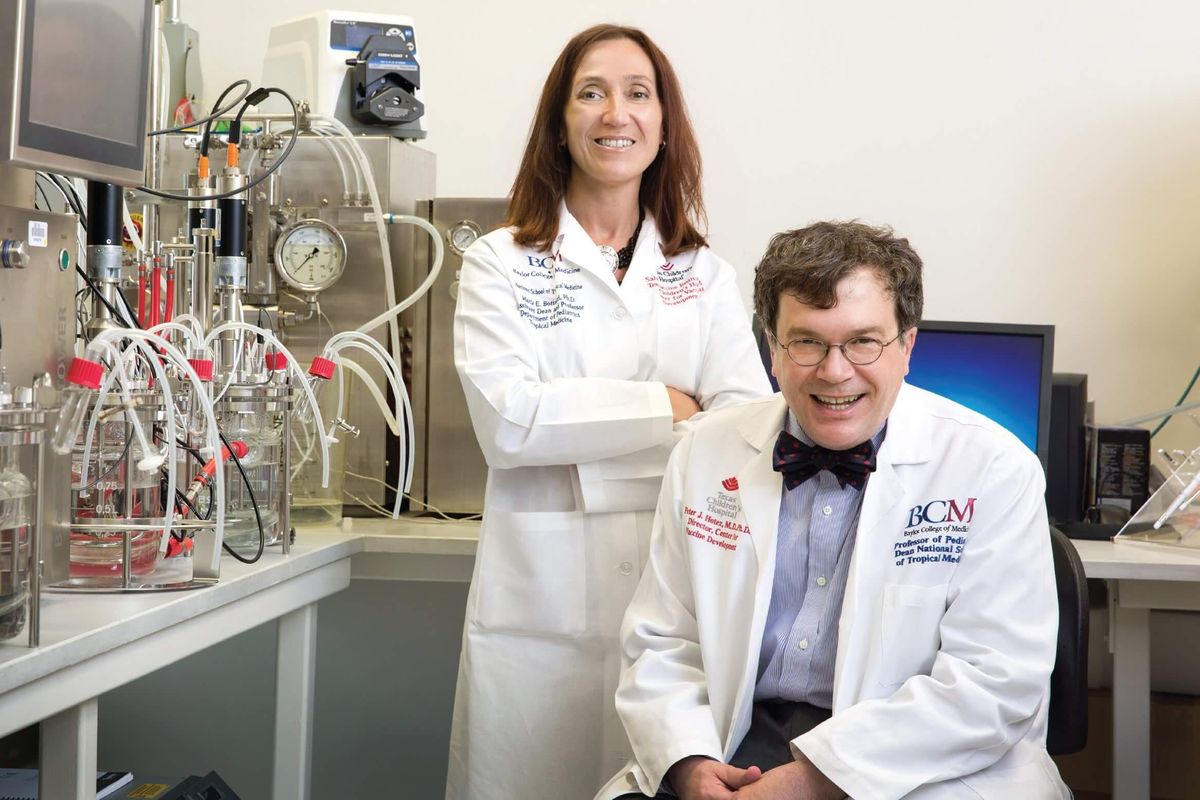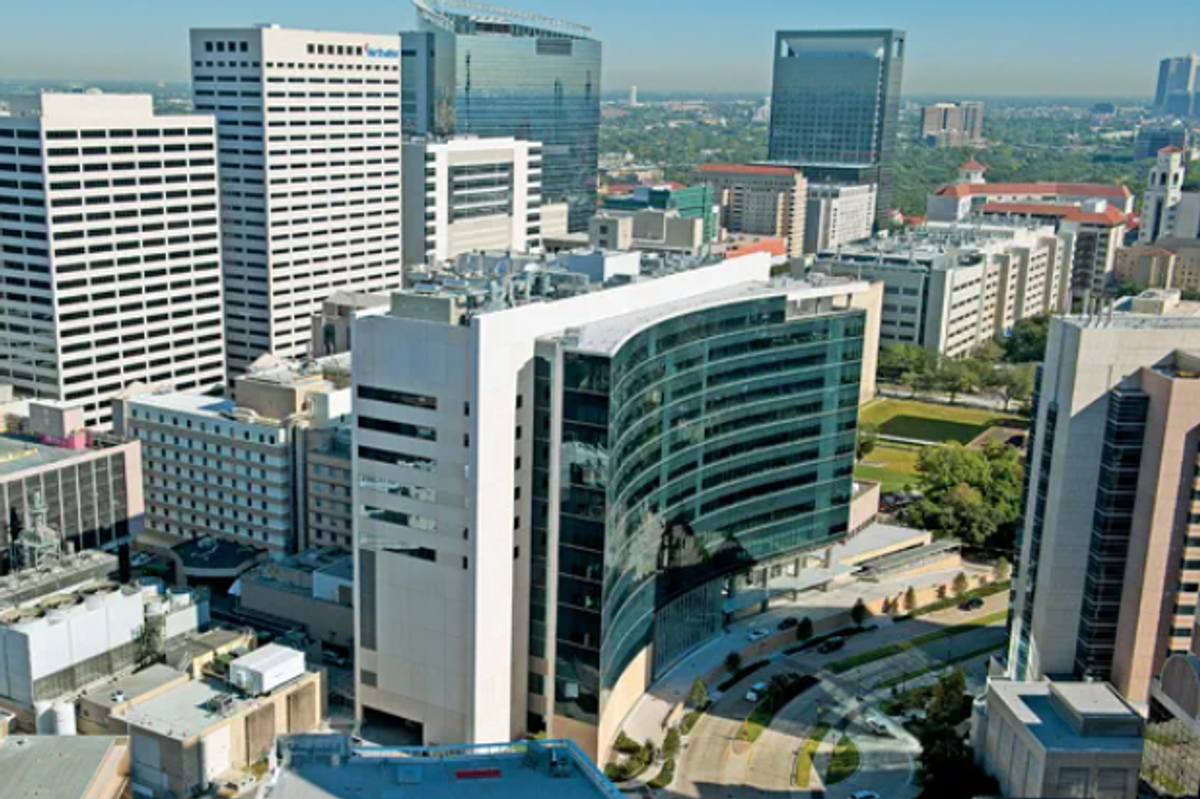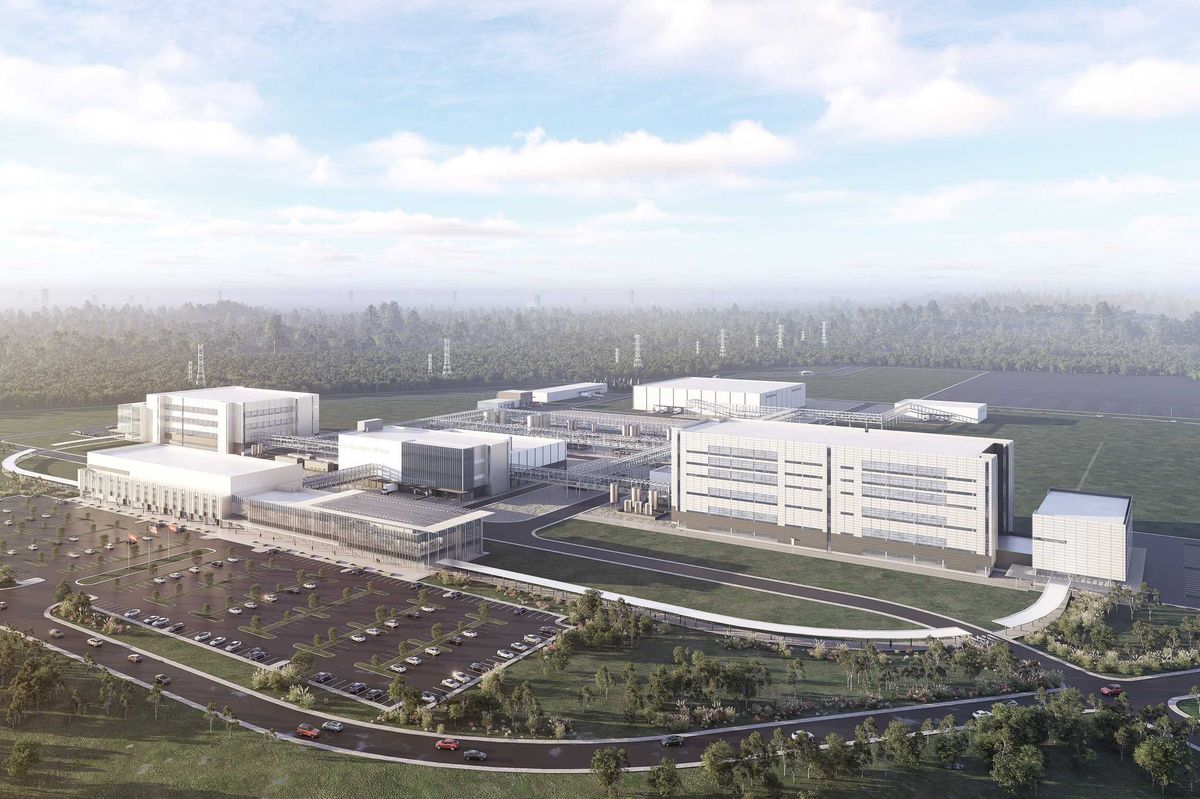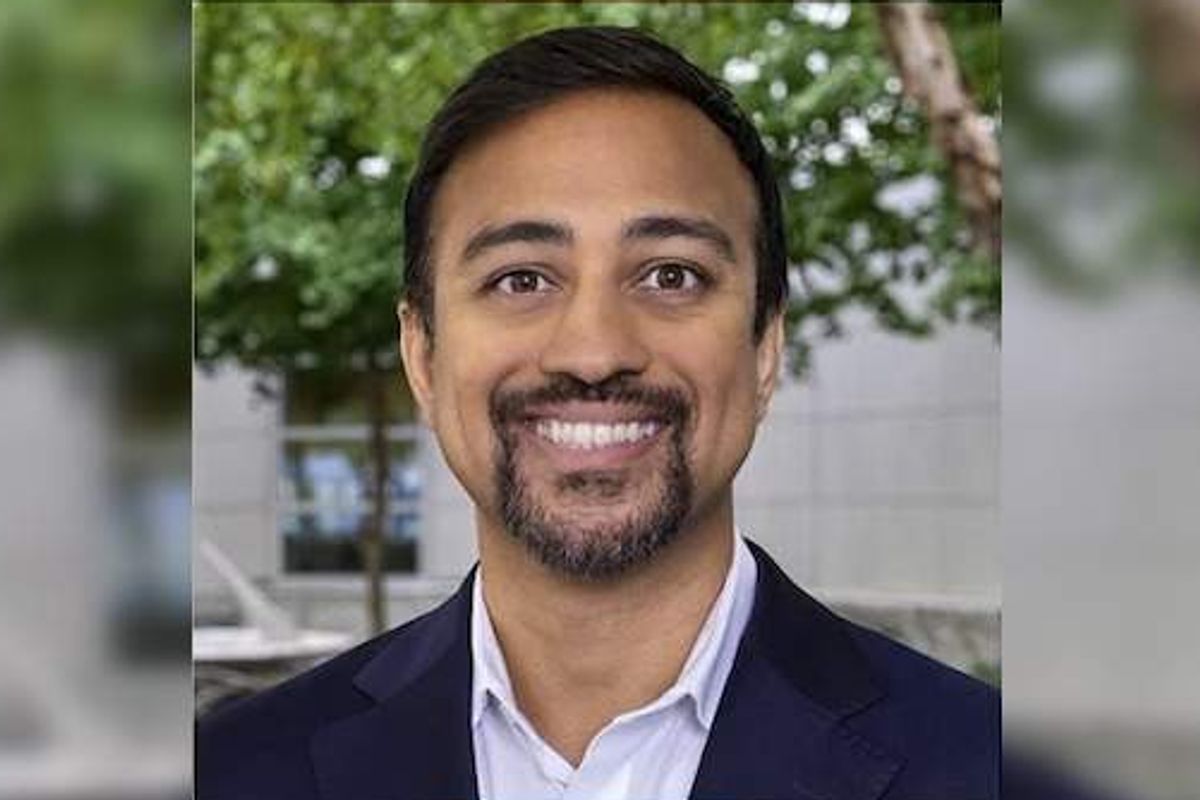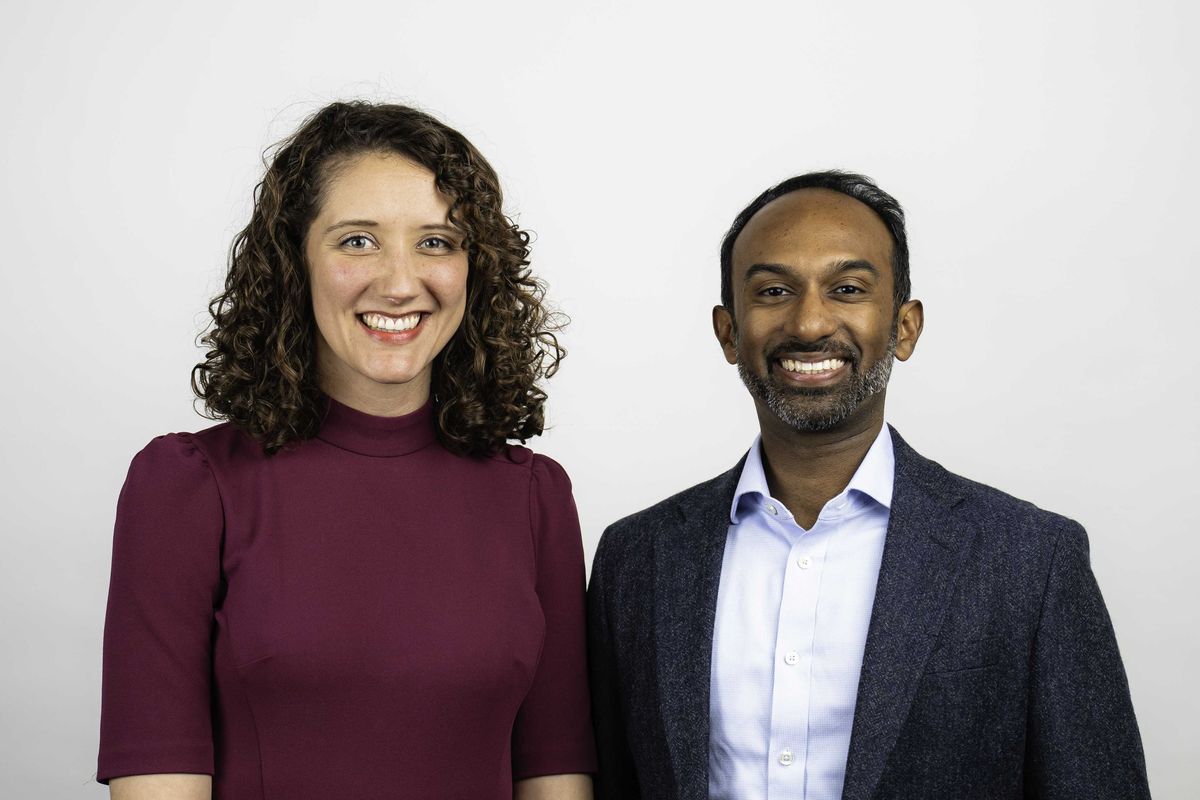Houston med school lands $3.5M grant to rollout genetic telehealth platform for underserved newborns
money moves
Baylor College of Medicine received $3.5 million to help hospitals in Texas better care for and diagnose some of the state's most vulnerable patients.
The funds come from the National Human Genome Research Institute for the Making Genomics Accessible to Newborns in Texas, or MAGNET, program. They'll be used to adapt BCM's Consultagene telehealth platform to be used in underserved neonatal intensive care units in West and South Texas, according to a statement.
Families in this region of the state currently can travel up to 300 miles to reach the nearest in-state geneticist, according to MAGNET. The program aims to help close that gap through BCM's established remote consultation service. Investigators also plan to create educational videos in English and Spanish to educate providers and patient caregivers on genetic diagnoses.
“Only 20 years ago, less than 3 percent of genetic conditions in newborns could be molecularly diagnosed,” Dr. Brendan Lee, co-principal investigator and professor and chair of the Department of Molecular and Human Genetics and Robert and Janice McNair Endowed Chair in Molecular and Human Genetics at BCM, says in a statement. “Today, with routine genomic tests at academic medical centers, more than one-third of these cases can be diagnosed with state-of-the-art approaches. Unfortunately, many babies born at smaller hospitals lack access to genetic evaluation and testing, remain undiagnosed and are unable to benefit from early personalized medical treatment.”
BCM has already used Consultagene to improve care for children with rare diseases at the Texas-Mexico border. In this latest program, BCM will develop a consortium of partners at underserved NICUs in the area. On-site providers will be trained on genomic medicine and creating personalized treatments for patients with genetic diseases. Baylor researchers will also study the program's impact from the perspectives of the patients, families, and providers.
“By studying how access to advanced genomics services affects critically ill newborns and those involved in their care, the MAGNET program seeks to develop best practices for implementing cost-effective, comprehensive genomic platforms like Consultagene in under-resourced settings. Understanding how best to implement programs like this can inform broader efforts to close gaps in healthcare access and equity,” Dr. Stacey Pereira, associate professor in the Center for Medical Ethics and Health Policy at Baylor and co-principal investigator, adds.
The MAGNET program is focused on finding ways to use low-cost whole genome and RNA sequencing technologies to better diagnose sick newborns in Level III and Level IV NICUs in Texas.
This fall, Baylor secured $50 million in donations to construct the Lillie and Roy Cullen Tower to house its School of Medicine and the School of Health Professions. It's set for completion next year.

